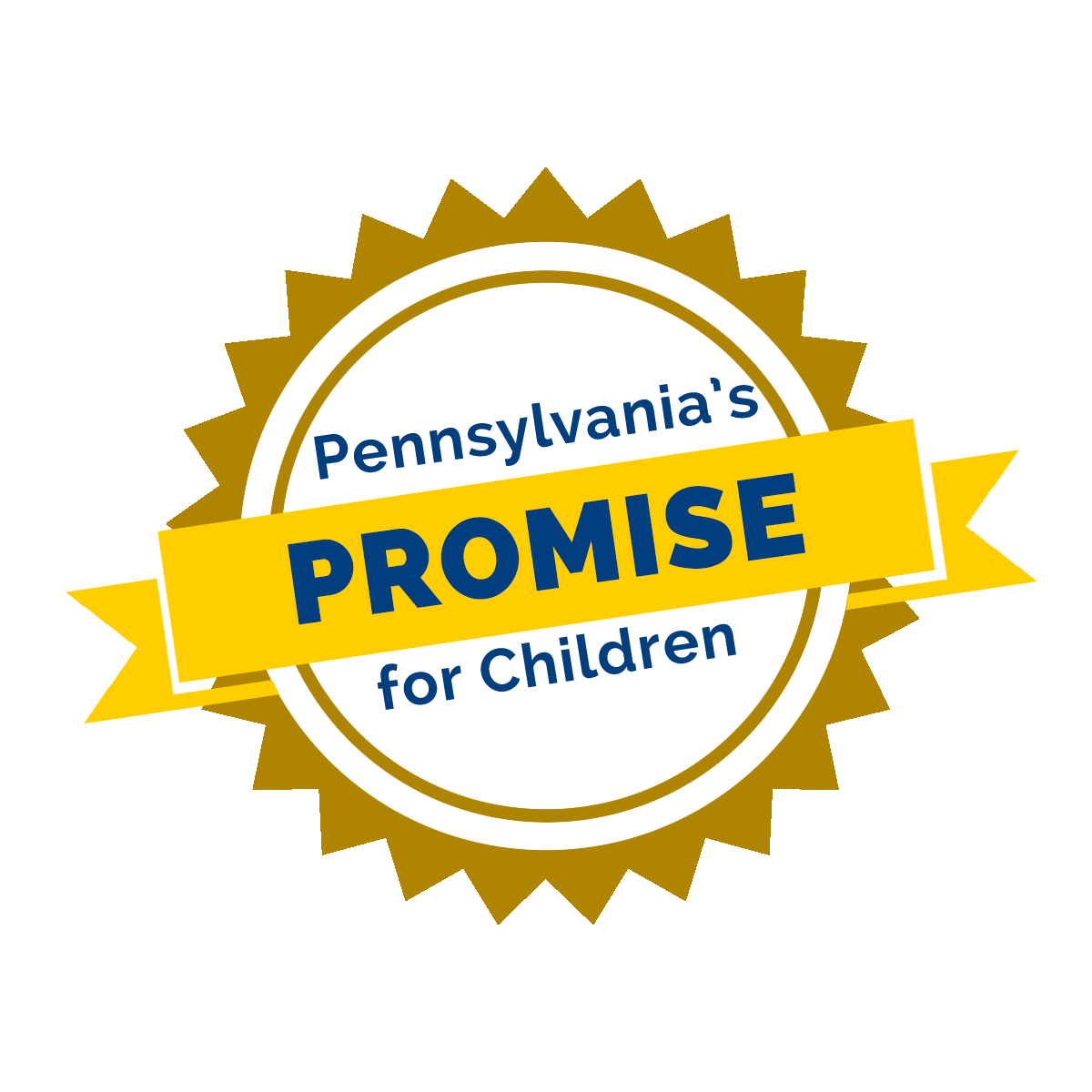
Laura Westmoreland is the Associate Educator of Adult & Community Programs at the Brandywine River Museum of Art. She shares how the museum has ensured accessibility to all members of the community.
I have been part of the Brandywine River Museum of Art’s education staff since 2015. I had the pleasure of joining the Museum at a time when community participation in our family programs was rapidly increasing. Our education team works hard to bring Brandywine’s renowned collection of American art to life through designing dynamic, hands-on opportunities for visitors to engage with art. While these expanding programs have allowed us to serve a broad audience, their popularity can make them challenging for children with sensitivities to noise and crowds. For this reason, in 2017 we established a Sensory-Friendly Programming Advisory Committee composed of self-advocates on the autism spectrum, local families, professional therapists, and educators to guide us in developing opportunities for families with members on the autism spectrum or with sensory-processing disorder.
As we began our research and connected with our community, we learned that currently one out of every 58 children will be diagnosed with autism. We also learned from personal stories how all members of a family may have reduced opportunities to participate in community activities when they have someone with autism in their family. This understanding made us determined to provide opportunities in which all family members can participate equally, through special programs as well as making accessibility improvements in our existing programs.
Brandywine’s Sensory-Friendly Saturdays offer visitors the opportunity to learn about art in a quiet, uncrowded setting. These events are free of charge and participants are provided pre-visit materials such as schedules and social stories to help alleviate the stresses they may experience when encountering unfamiliar venues. Activities include stations in which participants can handle tactile objects that relate to art in the galleries, converse with docents trained for these events, and interact with materials that stimulate a variety of senses. An additional area features hands-on art-making activities modified by art educators for a variety of sensory needs and developmental levels while another area, with low light, small tents and pillows provides respite for participants who become overstimulated. Occupational therapy graduate students from area colleges volunteer to assist families with activities and facilitate sensory breaks.
We have also implemented other strategies to support community inclusion because we realize there can be many barriers to participation in community events. In our general family programs we now offer more photo-based materials and we offer discounted admission through participation in the ACCESS and Museums for All programs. We have also responded to community requests for bilingual promotional materials and we make some of our gallery label text available in large print format. And for our sensory-friendly audience, on non-event days visitors may check out a Sensory-Friendly Museum Pack. These packs are designed to minimize potential barriers to engagement and to assist a family’s visit by providing social stories, self-regulation tools, and activity materials. Materials include gallery seek-and-find checklists, a child-friendly list of art elements to find (types of lines, shapes, and colors, etc.), and a list of questions that families can use to discuss art. Finally, Brandywine will offer ongoing training on autism and sensory processing disorder for its docents and other volunteers so they may best adapt their communications to all of the Brandywine’s guests.
Through all of this, we learned that creating inclusive opportunities takes time and a commitment to listening to your audience. Had we pushed ahead to create something quickly we would have missed the opportunity to build solid relationships with community members and as a result may have created programs that would not foster true connection and inclusion. We also learned that community inclusion cannot always be measured using traditional metrics such as attendance numbers. Some programs are smaller by necessity. I believe if other cultural institutions are aiming to become more inclusive, they must reach out to members of their community to access perspectives from people with a variety of lived experiences. It will make their programs more authentic, increase buy-in from those they partner with, and it will give their audience a truly authentic form of community involvement.
